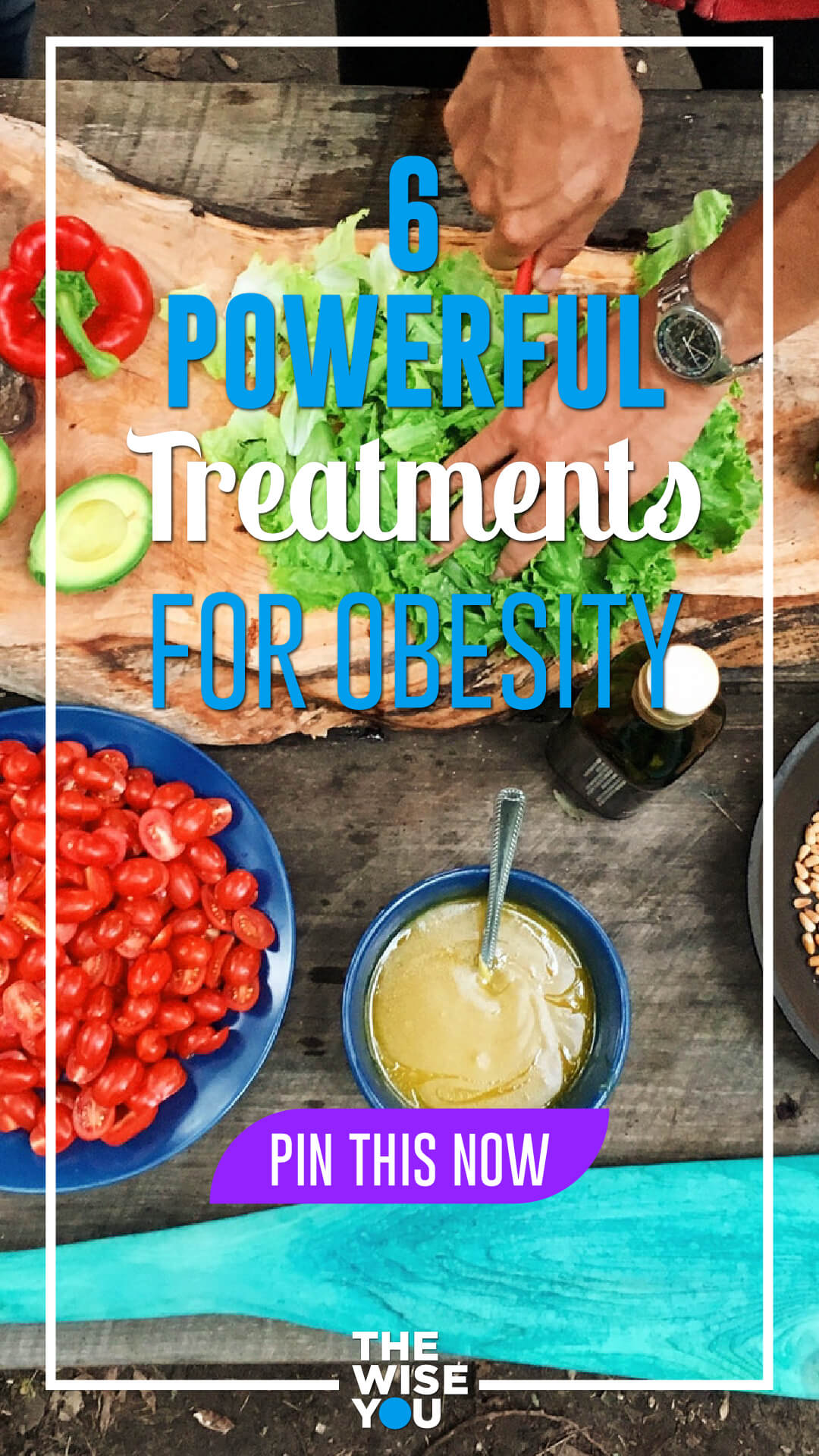What are the most effective treatments for obesity? Obesity happens because of multiple reasons like sedentary lifestyle, diet, health conditions, use of certain medications, and genetic factors. Just like the causes, if you’re overweight and you’re striving to achieve and sustain a suitable weight, there are multiple ways you can treat for obesity.
Being overweight increases your vulnerability to a number of health conditions. Even though shading weight can be difficult and frustrating, losing even 5 – 15% of your body weight can bring you significant health benefits.
If you weigh 250 pounds or 114 kilograms, this means losing 12-25 pounds or 4.7 – 11.4 kilograms. That small drop in weight can immensely bolster your health.
Losing weight gradually and consistently, for instance, 1 – 2 pounds per week is often more sustainable and better for your health than losing a lot of it fast; you’re more likely to reach your target and maintain a healthy weight.
Dietary changes and exercise are key weight-loss tools. But for some people, these two methods aren’t effective. In this case, you can explore surgery and medication.
Besides, health conditions, like hormonal problems, can lead to weight gain. In this case, addressing the imbalance will help you resolve the weight problem.
Here is a list of powerful treatments for reducing obesity:
1. Dietary Changes
The key reason why people gain excess weight and fat is that they consume more calories than they utilize. Over time this leads to weight gain.
Besides, consuming certain types of food is much more likely to result in weight gain. This is especially true for processed foods that are packed with additives like high-fructose corn syrup. This changes your body and leads to weight gain.
Here is how a change of diet can help you achieve your weight loss goals:
● Reduce calories
The first step in your weight loss journey should be to review and reduce the number of calories you consume. Take a look at your drinking and eating habits and see where you can reduce calories.
Your doctor can help you determine the number of calories you need to take per day to reduce weight. But typically, for women, the amount is 1200 – 1500 calories, and for men, it’s 1500 – 1800.
● Feel satiated on less
Small portions of foods like candies, desserts, and processed foods contain a massive amount of calories. Conversely, bigger portions of fruits and vegetables contain fewer calories.
By opting for foods that pack fewer calories in large portions, you reduce your hunger, consume fewer calories, and feel better about your choices which bolsters your overall satisfaction.
● Make healthier choices
To make your diet healthier, you should eat more fiber-rich foods such as veggies, fruits, and whole-grain carbohydrates. You should also stick to lean protein sources like beans, lean meats, lentils, and soy. You can also include fish in your diet.
Limit added sugar and salt. Also, eat small quantities of fats that are obtained from heart-healthy sources like a nut, canola, and olive oils.
● Restrict certain foods
Some diet plans will require you to eliminate or limit your consumption of certain food groups like full-fat or high-carbohydrate foods. Ask your doctor to recommend a diet that’s suitable for you.
Eliminating sugar-sweetened beverages like sodas from your diet is also a great way of reducing the number of calories you consume, so that’s a great place to start.
● Meal replacements
Some diet plans require you to replace a meal or two with given products – such as low-calorie meal bars and shakes – and then eat a healthy third meal or snacks.
While these types of diets may work in the short-term, they won’t help you develop new healthier eating habits, so you may have to maintain them if you want to keep off the weight.
Avoid Crash-dieting
Attempting to lose weight fast by crash-dieting can expose you to the following risks:
● Vitamin deficiency
● Development of new health issues
2. Exercise and Activity
Exercise and physical activity are critical components of obesity treatment. Obese people who manage to shed weight and maintain the weight loss usually exercise or maintain an active lifestyle, even if it’s simply walking.
Here is how to boost your physical activity levels:
● Exercise
If you’re obese, you at least need a weekly 150 minutes of moderate-intensity physical activity; this will help you limit further weight gain or help lose some weight.
To lose more weight, you need 300 minutes of exercise per week. And as your fitness and endurance improve, you should slowly increase the intensity of your workout.
● Keep moving
Engaging in regular aerobic exercises it the most effective way of burning off some calories and shedding extra weight, but, any extra movements aid you in burning calories.
Changing some of your daily habits can deliver significant benefits too. For instance, instead of using the stairs, use the elevator, walk briskly, or ramp-up your household chores like walking the dog, gardening, and housework.
3. Behaviour Changes
Behavior modification is a critical component of treatments for reducing obesity. You need to examine your current habits and uncover the factors, stresses, and situations that may have contributed to your weight gain.
We all face different hindrances when it comes to managing weight; it could be you lack of time for physical activity or lack of access to healthy food. You should change your behavior based on your challenges.
Behavior modification, which is also referred to as behavior therapy, entails counseling by mental health professionals and joining support groups.
4. Prescription Weight-Loss Medication
Sometimes the doctor does prescribe medications like Orlistat and Lorcasering to help individuals lose weight.
However, they only do so under the following circumstances:
1. When exercise and dietary changes have failed
2. When your BMI (body mass index) is over 30
3. When the BMI is over 27 and you, at the same time, have medical conditions like high blood pressure, diabetes or sleep apnea.
You should, however, note that weight loss medication is supposed to work in tandem with exercise, diet and behavior changes. The key value of the medicine is that it helps you maintain a low-calorie diet by stopping the hunger signals that appear when you’re striving to lose weight.
Before recommending medication for you, the doctor should consider the possible side effects as well as your medical history. Some weight-loss medication should not be used by pregnant women and by people with certain medical conditions.
5. Endoscopic Procedures
Endoscopic procedures are non-surgical; you receive anesthesia and them flexible tools and tubes are inserted into your mouth, and then down unto the stomach.
There are various types of endoscopic procedures. One pr
ocedure entails stitching your stomach, which reduces the quantity of food you can comfortably eat.
Another procedure entails a doctor inserting a tiny ball into your stomach. The balloon is full of water and thus reduces the space in your stomach. This makes you feel full faster.
These types of procedures are typically approved if you have a BMI that’s over 30 or when exercise and diet have failed. The resultant weight loss from the procedures ranges from 5 percent to 20 percent of the total body weight.
6. Weight-loss Surgery
Weight loss surgery which is also referred to as bariatric surgery entails changing or removing parts of the stomach or intestine of a person to limit the amount of food they consume or the number of calories they absorb.
The types of weight-loss surgeries include:
● Gastric bypass
This procedure allows food to bypass sections of the digestive system, particularly the first part of the central section of your small intestine. It can also reduce your stomach size.
This procedure is restrictive but effective. However, it can lead to mineral and vitamin deficiencies, as your body won’t be as efficient in absorbing nutrients.
A doctor may suggest this surgery if your BMI is over 30 and depending on other needs like:
1. Whether you’ve developed other conditions due to obesity
2. How well prior non-surgical treatments have worked
● Gastric sleeve or gastric band
The surgeon reduces the size of the stomach using a gastric band or gastric sleeve. After the procedure, you can’t eat more than a cup-sized meal in one sitting. It thus reduces your food intake.
● Biliopancreatic diversion
In this procedure, the surgeon removes a big part of your stomach. The surgeon, however, doesn’t interfere with the valve that passes food to the small intestines, and the duodenum (the first section of the small intestines).
The surgeon then closes off the mid-section of the intestine and connects the duodenum directly to the end section of your intestine. The closed-off section is then reconnected to the end part of the intestine into which is supplies digestive juices and bile.
How to Keep off Weight after Treatments for Obesity
It’s common for people to regain weight after obesity treatments. The best way to maintain a healthy weight is to engage in regular physical activity – 45 to 60 minutes daily.
Also, you should combine physical activity with a healthier diet. Ultimately, weight loss is all about adopting new healthier habits and surrounding yourself with people and resources that will help you achieve success.







